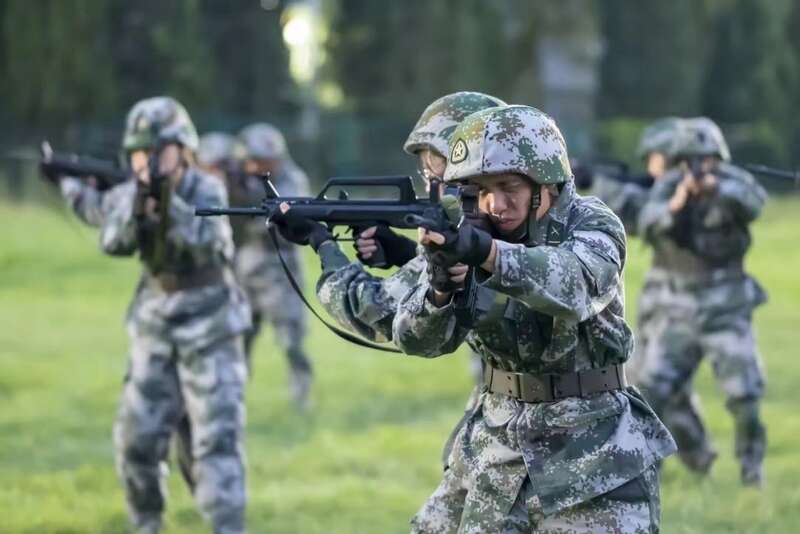As the new academic year kicks off across China, the traditional rite of military training for first-year university students is in full swing. Xi’an Jiaotong University, located in the historic city of Xi’an, the capital of Shaanxi Province, is no exception to this longstanding custom. Students at the institution are not only engaging in this foundational experience but are also applying cutting-edge technology to boost it. College students 3D printed training gun triggers, enhancing the practical aspects of the military training program that involved more than 6,000 incoming first-year students at the school.
According to local media outlet China Youth Daily, 2022 mechanical engineering freshman Yan Xiong came up with the idea to use 3D printing to solve a recurring issue during the popular laser simulation target shooting exercises. Xiong participated in his grade’s military training last July and observed that the triggers of the laser training guns often wore out due to continuous use. This wear and tear on the trigger, which serves as the launch control switch for the firearm, previously led to the discarding of otherwise functional firearms.
Facing challenges like the lack of original data, Yan managed to successfully print fully adapted triggers. “In the whole process, the most difficult thing is to use 3D modeling software to build mathematical models,” Xiong told the China Youth Daily. Yet his efforts paid off, and the 3D printed triggers have been implemented in the university’s military training program since August 22.
One of China’s elite research institutions, Xi’an Jiaotong University, is a member of the C9 League, the Chinese equivalent of America’s Ivy League. It is particularly renowned for its engineering programs, covering disciplines from mechanical and electrical engineering to computer science. Located in a city famous for its historical significance as the starting point of the Silk Road and home to the Terracotta Army, the university blends rich tradition with modern innovation. So, it makes perfect sense that students would integrate modern technology into educational experiences, including non-traditional areas like military training. The university modernizes a long-held tradition by using 3D printing in its military training. This improves the training’s quality and encourages students to use their academic skills in wider social and national settings.
However, in most countries, using 3D printed parts like gun triggers in the military would need a lot of testing and approval. This is because armies have strict rules for safety and quality. In the United States, for example, new military gear has to pass many checks, sometimes even live-fire tests. While other countries with less strict military rules might be more open to trying new things, it would still be considered risky. Although Xi’an Jiaotong University used the 3D printed triggers in student military training, it likely doesn’t mean the practice would be approved in a military setting without more tests.
Military training for first-year university students in China is a deeply rooted tradition designed to instill discipline, teamwork, and patriotism. Typically lasting a few weeks, the training takes place at the beginning of the academic year, is mandatory for incoming students, and both male and female students are expected to participate. During this time, they learn basic marching, drills, and sometimes even firearm usage in a controlled setting guided by military officers.
This practice started to prepare students for national challenges and promote a collective identity. It became formal after China’s late-20th-century reforms to keep ideology in focus during fast social and economic changes. While the training is tough and includes ideology, it also uses new technologies, showing that old and new approaches can work together.
